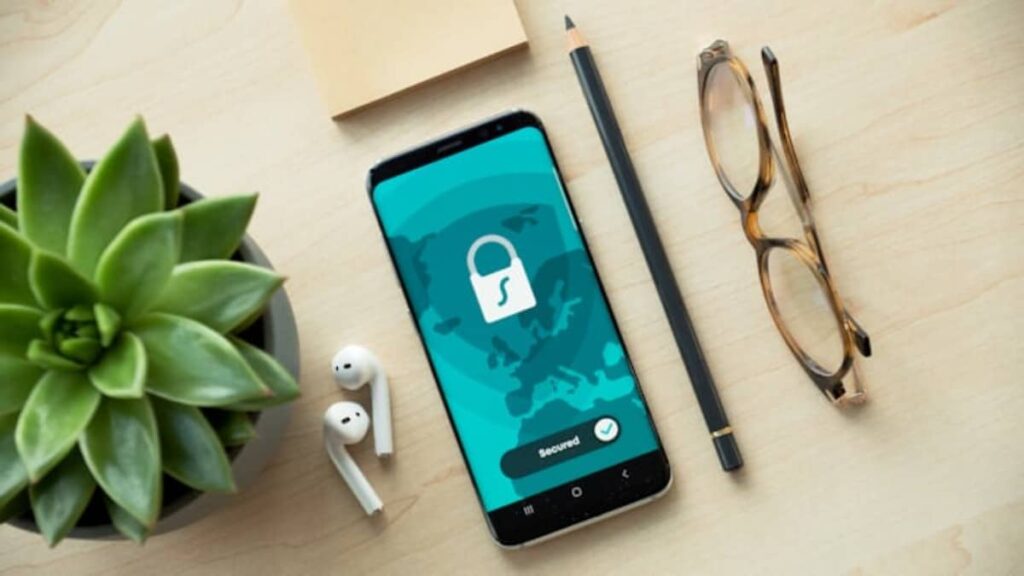
Introducing Passkeys
In the not-too-distant future, when future generations look back on our era, one thing they might wonder is why we relied on passwords for so long to protect our sensitive information. The concept of passwords might become as foreign to them as dial-up internet or floppy disks. Instead, they will be using a new term: passkeys.
The Rise of Passkeys
Passkeys are set to replace passwords, and this shift is not limited to just one company. All major tech vendors have agreed to adopt passkeys and implement the technology in a standardized way. This means that passkeys will work seamlessly across different platforms and devices. For example, you can create passkeys in Safari on your Mac and use them to log into an account on a Windows PC using a Chrome browser. The process is not only convenient but also highly secure.
Eliminating Phishing Attacks
One of the major advantages of passkeys is that they can help eliminate phishing attacks. Phishing emails and messages that attempt to trick users into revealing their passwords will become ineffective because passkeys don’t rely on passwords. Instead, they use encryption keys, which are securely stored in the keychain of Apple devices. Accessing accounts will become as simple as scanning a QR code and authenticating with Face ID on your iPhone.
Getting Started with Passkeys
To start using passkeys, you need to ensure that your accounts are saved in your keychain. On an iPhone, iPad, or Mac, go to Settings, scroll down to Passwords, and make sure iCloud passwords and keychain are enabled. If you’re transitioning from a password manager like LastPass or Bitwarden, make sure both options are ticked. This allows you to log into your accounts using your password manager and then save those credentials into your keychain. It’s also crucial to sync your keychain across all your Apple devices using iCloud. Enable this option in your iCloud settings to ensure seamless access to your passkeys.
Creating and Upgrading Passkeys
When creating a new account, you’ll be prompted to provide a username or email address. Afterward, you’ll be asked if you want to use a passkey. Your device will automatically generate the encryption key pair for your account and use biometrics (Face ID or Touch ID) to authenticate you. Upgrading an existing account to use a passkey is equally straightforward. Log into your account using your current username and password. Once logged in, you’ll be prompted to upgrade to a passkey. Simply follow the prompts, and your account will be upgraded. You’ll see both your original account credentials and your new passkey credentials saved in your password list.
Sharing Passkeys
Passkeys can also be shared with other users. If you want to grant access to one of your accounts to a family member, navigate to the account in settings, click the share icon, and airdrop it to them. The passkey credentials will be saved in the other person’s keychain, and they can authenticate themselves using their own Face ID or Touch ID. It’s important to note that passkey sharing only works through airdrop for security reasons. You cannot email or message your passkey credentials to someone else.
Accessing Accounts on Other Devices
Accessing your accounts on a computer or device you don’t own is just as straightforward. Provide your username or email address and choose the option to use a passkey. Since your account credentials won’t exist on the device you’re using, you’ll be prompted to authenticate yourself using a QR code. Simply scan the code with your iPhone or tablet, and a combination of keychain and biometrics will authenticate you.
The Future of Passkeys
Passkey technology is gradually being rolled out across websites and by vendors, but it will take time before it completely replaces the use of passwords. Currently, only a handful of sites have adopted passkeys. During the creation of this blog, some issues were encountered with the implementation of passkeys. Deleting old passwords from your keychain should be approached cautiously until you are confident that everything is working correctly. It’s also worth mentioning that third-party password managers and two-factor authentication apps have limitations when it comes to passkeys. Importing passwords from password managers like Bitwarden into the keychain might not be possible. Similarly, exporting two-factor authentication codes from apps to import them into the keychain isn’t supported. If you choose to upgrade your accounts to passkeys, consider disabling two-factor authentication and exporting your codes beforehand.
Conclusion
In conclusion, passkeys are set to revolutionize how we secure our sensitive information. With their seamless cross-platform functionality, elimination of phishing attacks, and ease of use, they offer a promising alternative to traditional passwords. While passkeys are the future, it’s important to exercise caution when transitioning and ensure that everything is working correctly across all your devices. If you found this blog useful, please consider giving it a like and subscribing for more informative content. We aim to provide concise and factual tutorials on various apps. Also, be sure to check out our other tutorials, such as maximizing your workouts with the Apple Watch or exploring secure messaging apps. Thank you for reading!

